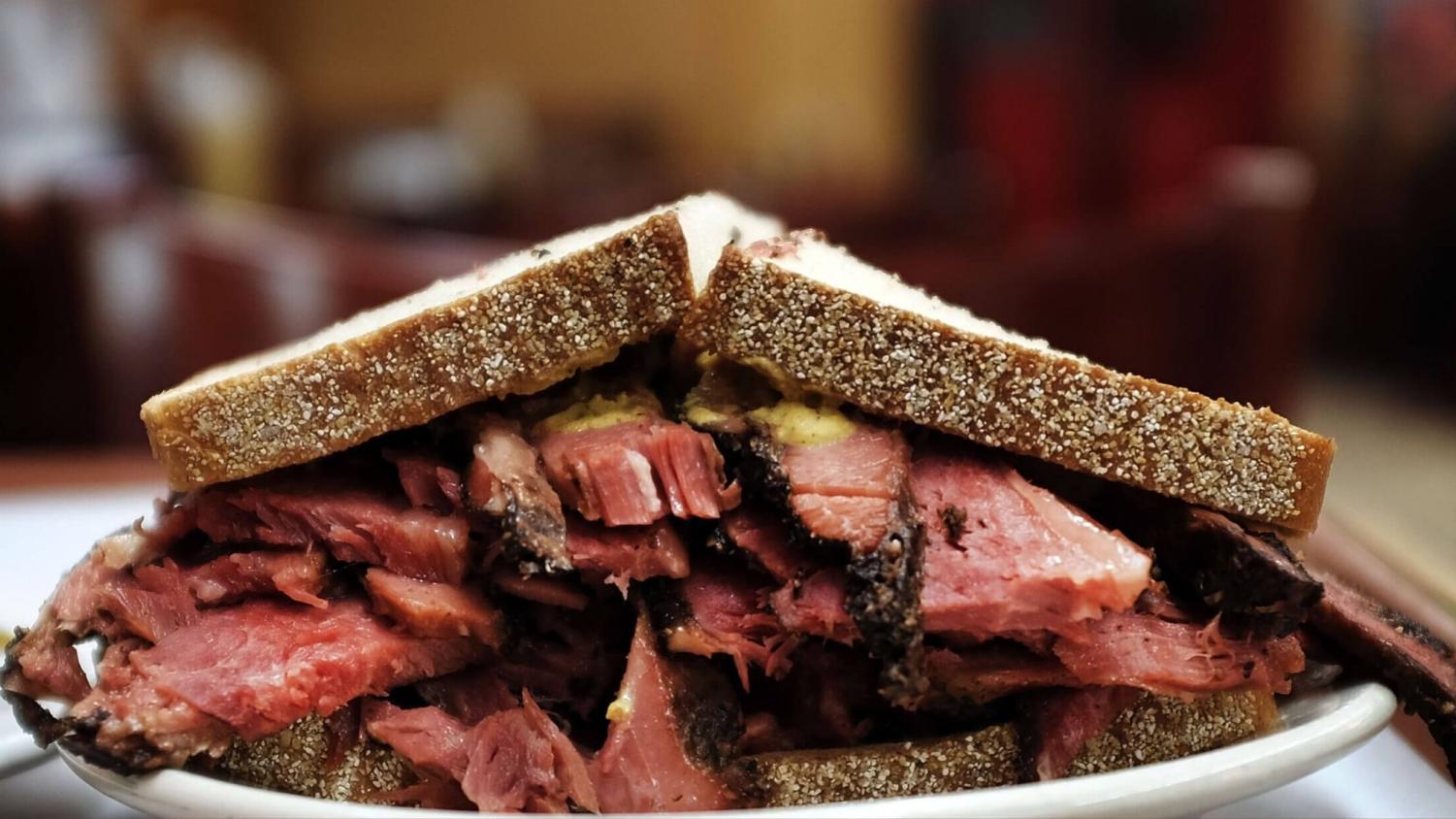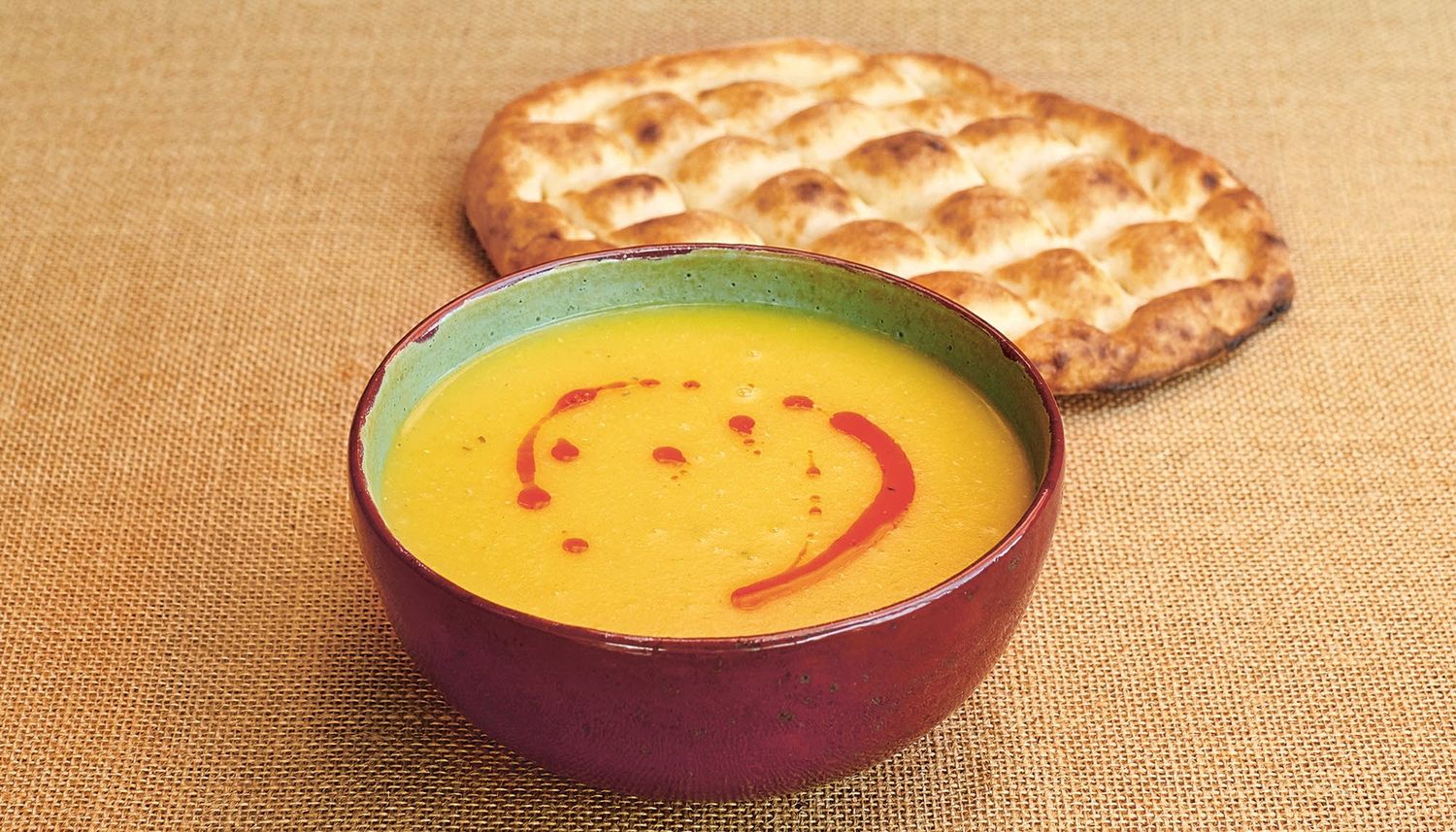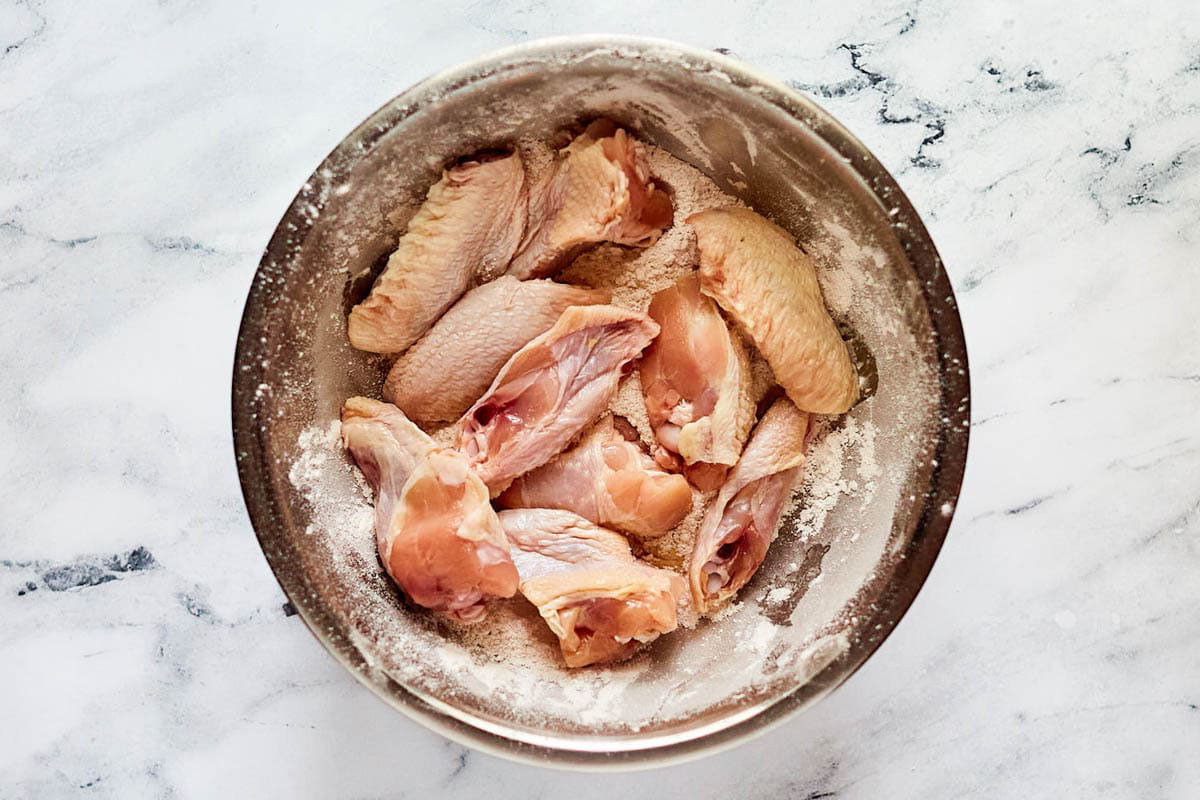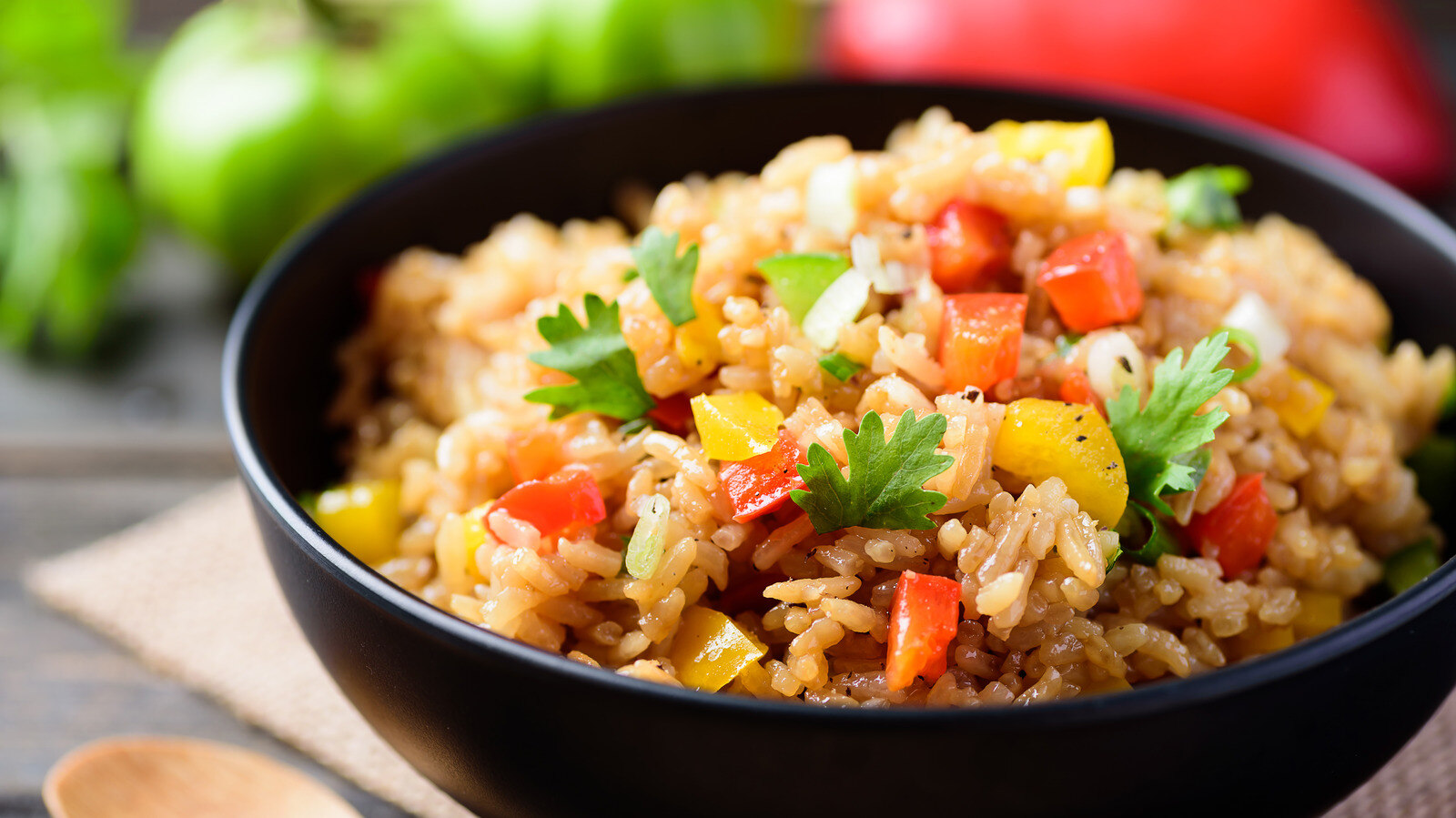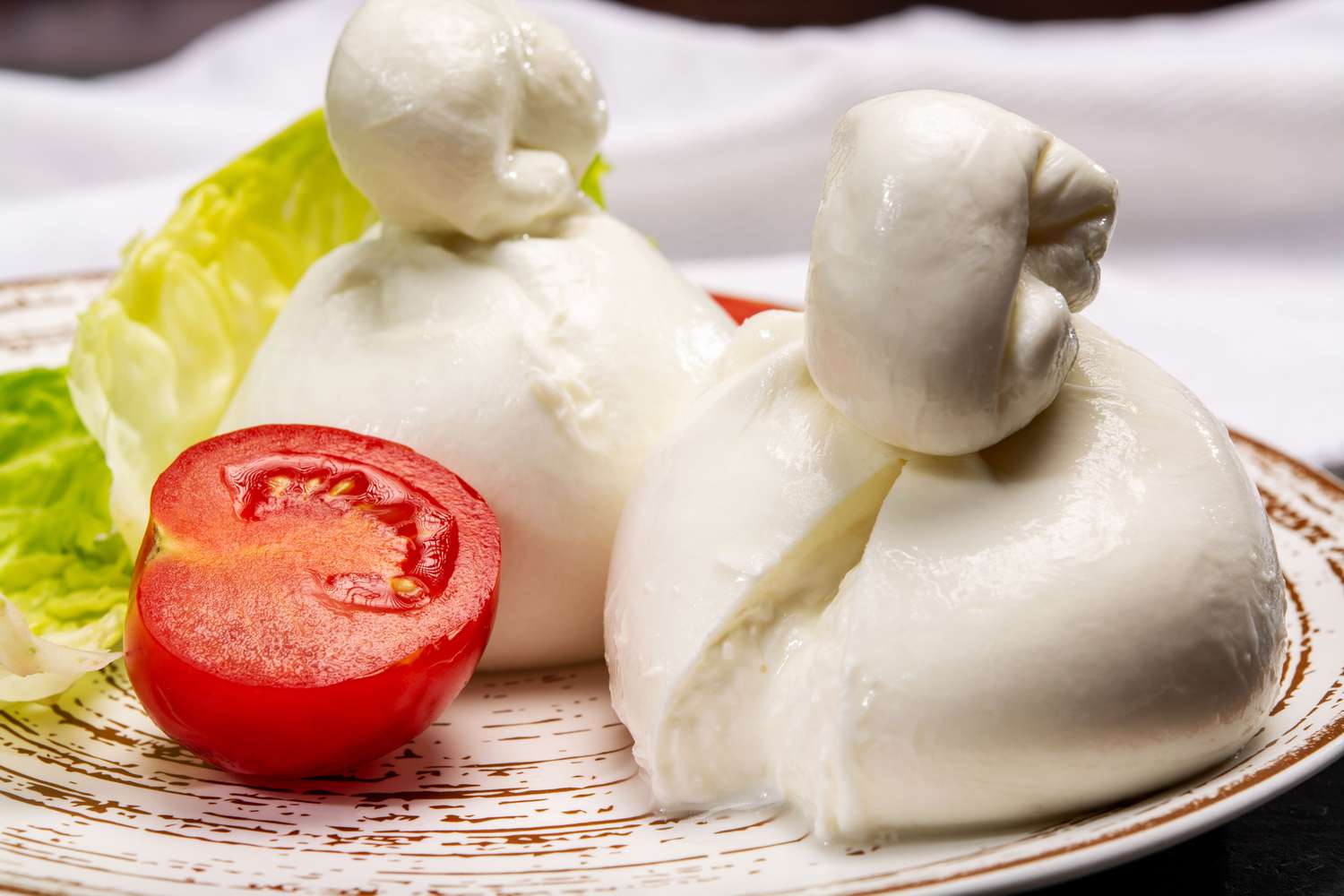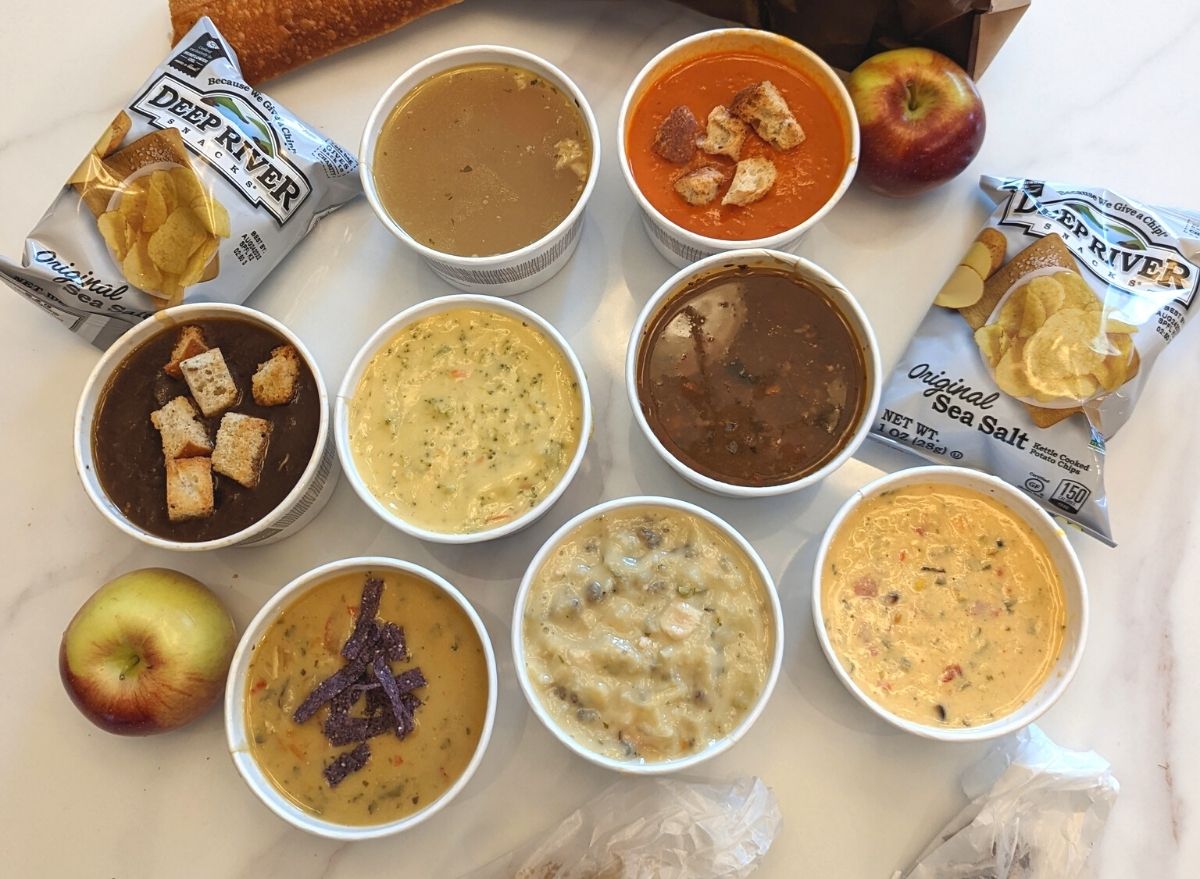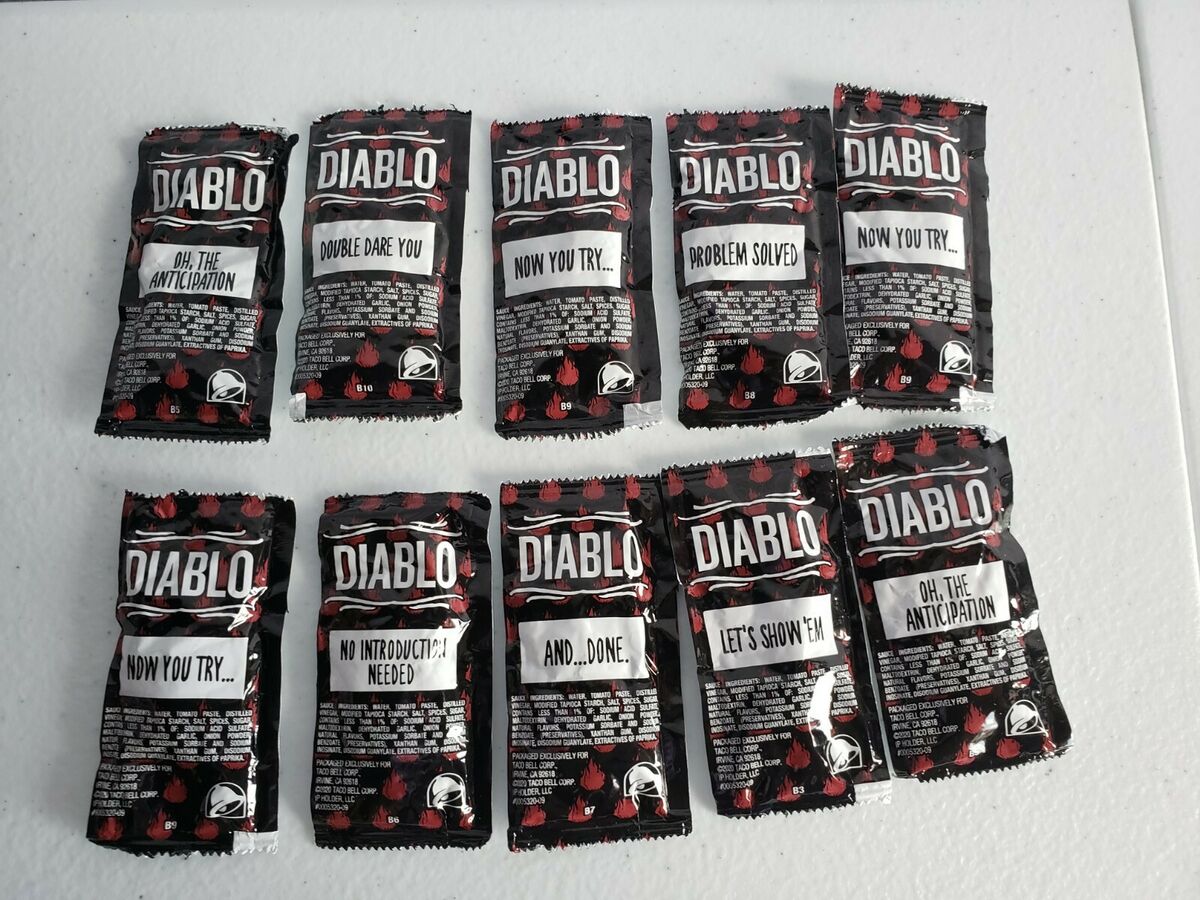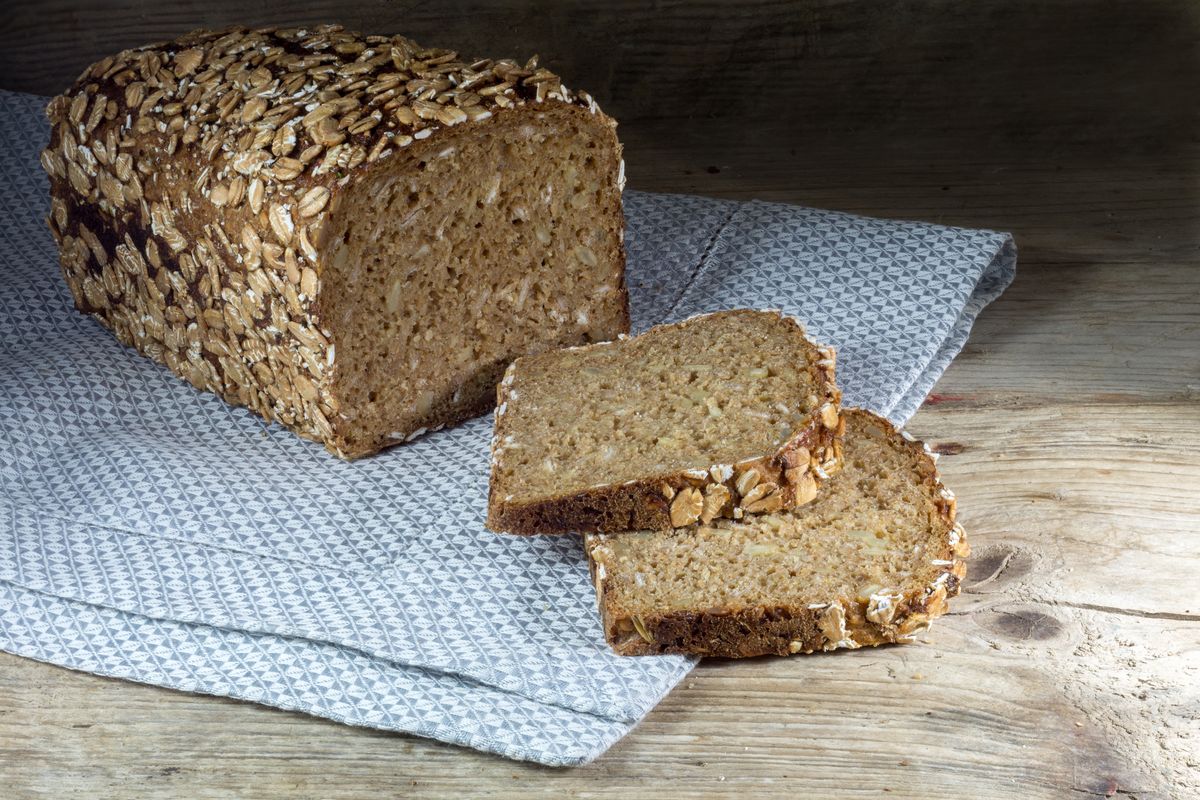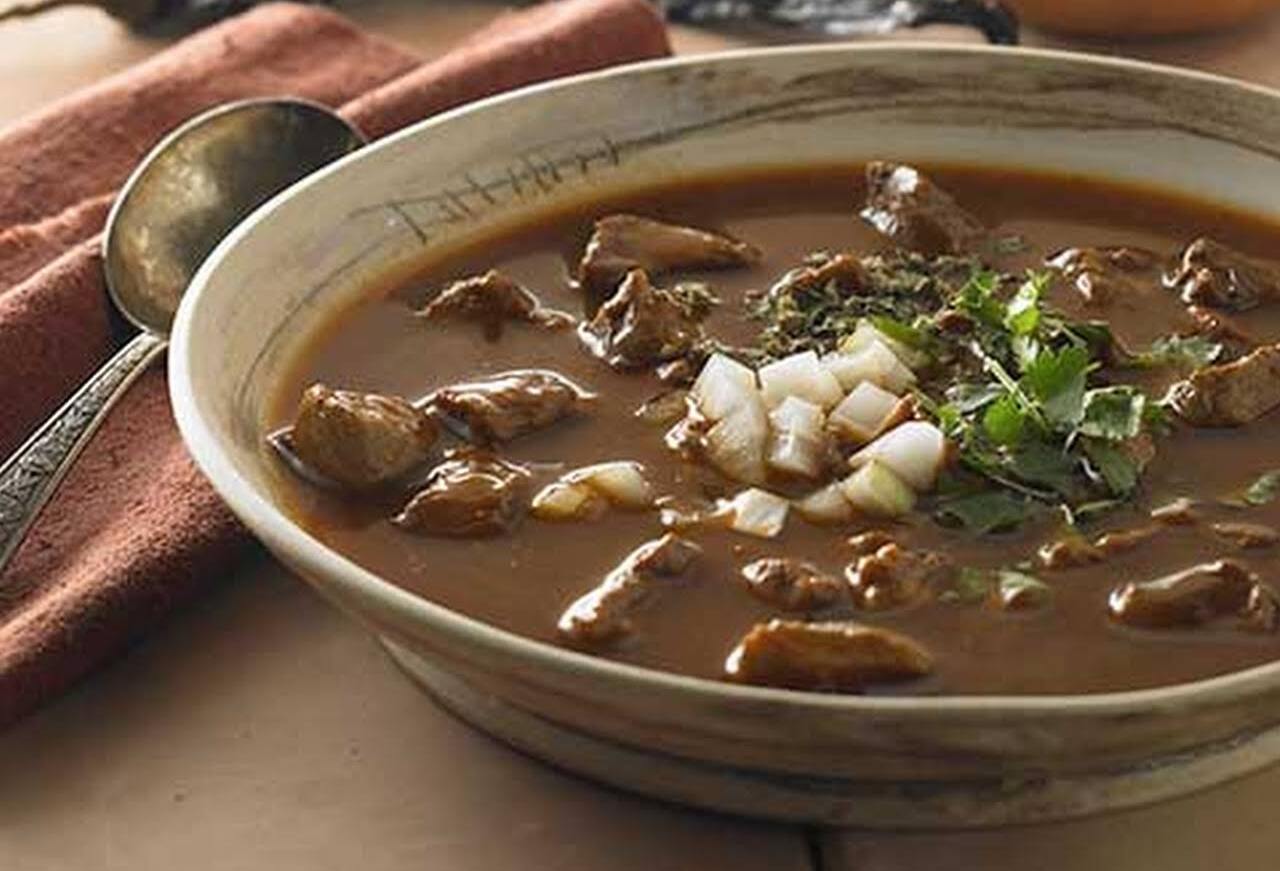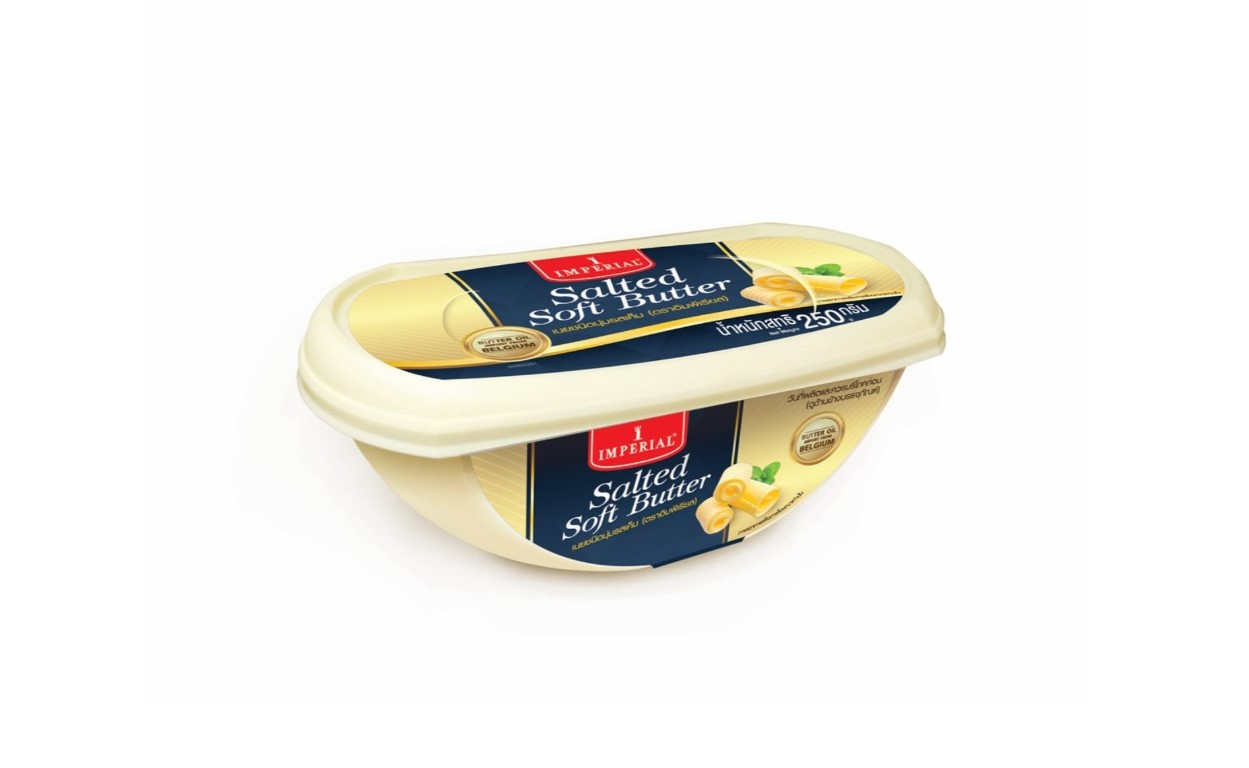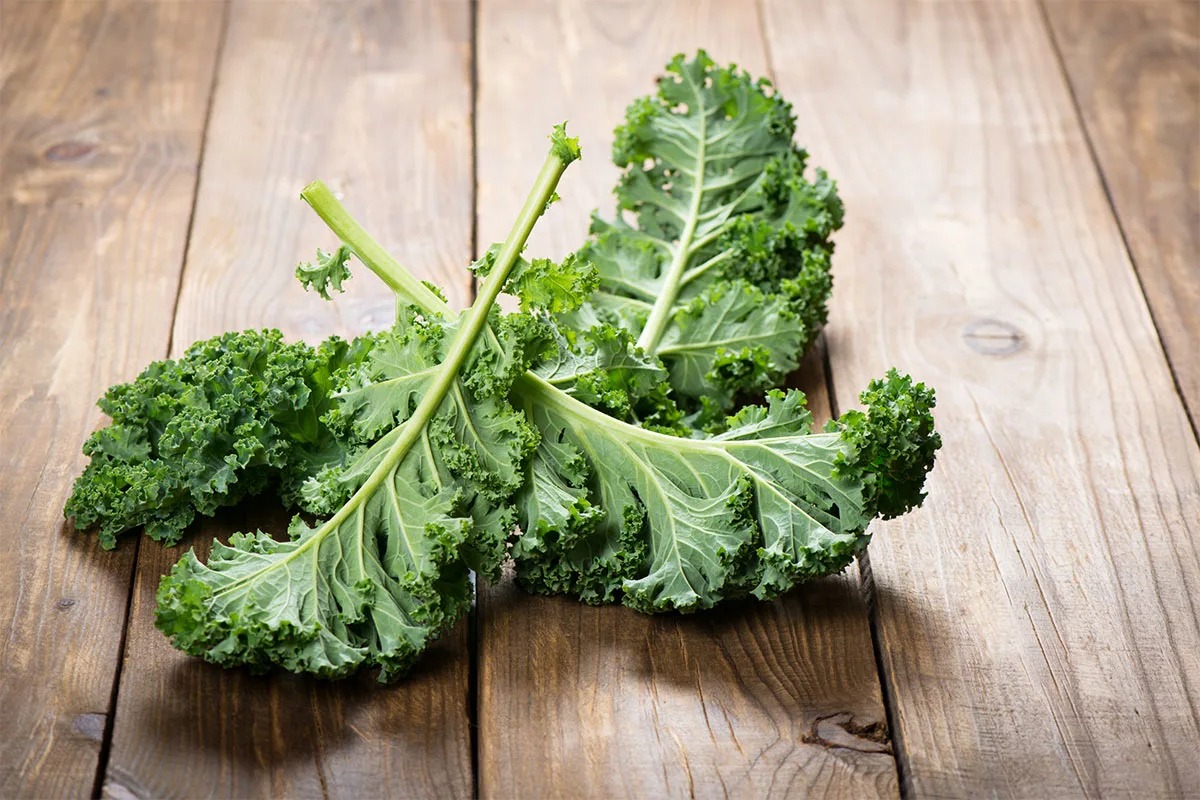Discovering the Delightful World of Kneel Down Bread
Have you ever heard of Kneel Down Bread? If not, you’re in for a treat! This unique and delicious bread has been a staple in many cultures for generations, and it’s time to uncover the secrets behind this delightful creation.
What is Kneel Down Bread?
Kneel Down Bread, also known as “Kneel Down Cake” or “Kneel Down Sweet Bread,” is a traditional type of bread that is popular in various parts of the world. It is characterized by its soft and fluffy texture, slightly sweet flavor, and often adorned with a shiny glaze on top. The name “Kneel Down” is derived from the traditional method of kneading the dough on a low surface, requiring the baker to kneel down during the process.
Ingredients and Preparation
The ingredients for Kneel Down Bread typically include flour, sugar, yeast, milk, butter, and eggs. The dough is prepared by mixing these ingredients together and then kneading it until it reaches the desired consistency. Once the dough has risen, it is shaped into loaves or buns and baked until golden brown.
Variations and Cultural Significance
While the basic recipe for Kneel Down Bread remains consistent, there are numerous variations and regional adaptations that make each version unique. In some cultures, it is a symbol of celebration and is often prepared for special occasions such as weddings, festivals, and religious ceremonies. The bread may also be enriched with additional ingredients such as nuts, dried fruits, or spices to add extra flavor and texture.
Serving and Enjoying Kneel Down Bread
Kneel Down Bread is best enjoyed fresh out of the oven when it is still warm and fragrant. It can be served on its own as a delightful snack or paired with butter, jam, or honey for a delicious breakfast or teatime treat. In some regions, it is also served alongside savory dishes to complement the meal.
Health Benefits and Nutritional Value
While Kneel Down Bread is undoubtedly a delightful indulgence, it also offers some nutritional benefits. It provides a good source of carbohydrates, protein, and essential nutrients, making it a satisfying and energizing food choice. However, it is important to enjoy it in moderation as it may contain added sugars and fats.
Bringing Kneel Down Bread into Your Kitchen
If you’re intrigued by the idea of trying Kneel Down Bread, why not consider making it at home? With a few simple ingredients and a bit of patience, you can recreate this traditional delicacy in your own kitchen. There are numerous recipes and tutorials available online to guide you through the process, allowing you to experience the joy of baking this delightful bread for yourself.
So, the next time you come across Kneel Down Bread, take a moment to appreciate the history, cultural significance, and delightful flavors that make it a beloved culinary tradition. Whether you enjoy it as a sweet indulgence or a comforting snack, Kneel Down Bread is a true testament to the joy of baking and the pleasures of savoring traditional foods.
Was this page helpful?
Read Next: What Is A Foil-Lined Baking Sheet
